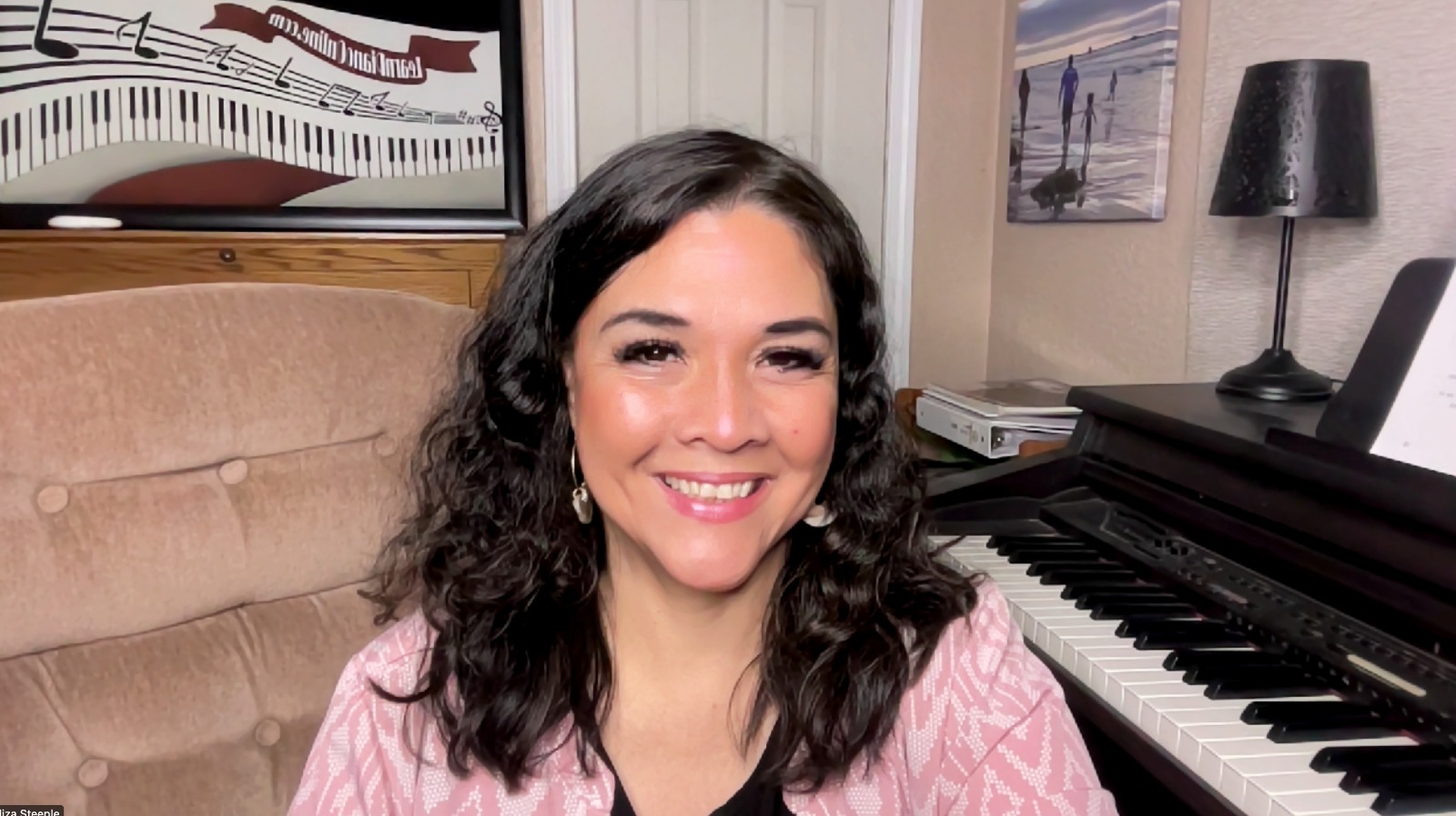This is a quick way to learn how to read and recognize notes written on the staff and on the piano. However, there is no replacement for learning how to sound smooth and pretty on the piano than with step by step instruction and with songs that allows gradual progress.
Recognizing the names of the bass and treble clef notes can be fun and rather simple. All you have to do is memorize a word for each note, like this.
Caution: Use this method only for learning “off” the piano. Do not rely on this method while you are actually reading music and playing because it will slow you down as you try to recite these. Only use this as a fun way to learn the notes off the piano:
Bass clef space notes: A C E G (All Cows Eat Grass)
Bass clef line notes: G B D F A (Good Boys Do Fine Always)
Treble clef space notes: F A C E (This spells “face”)
Treble clef line notes: E G B D F (Every Good Boy Deserves Fudge)
Now the fun begins. Here are some simple and fun ways to memorize these notes.
1) Speed Run: See how fast you can say the names of the notes. Try doing it first with the words, and then with the letter names only.
2) Reverse Speed Run: Now see how fast you can practice saying the letter names in reverse. This is a great way to see just how well you know the letter names.
3) Say-n-Play: While sitting at your piano, say the letter name out loud and then play it on the keyboard. If you are using flashcards, mix them up so that you can select a card at random and do the same activity. This is a very good memorization activity.
4) Play Them All: Now comes a fun way to test your knowledge. Say out loud the note then play all of those notes on the entire keyboard. For example, you have selected the note “A.” Play all the “A” keys on the entire keyboard.
The sooner one can memorize the names of the notes and recognize where they are found on the keyboard, the more enjoyment that can be found playing the keyboard. Just like you learned the ABC’s for reading you’ll be a great success at learning your ABCDEFG’s for the keyboard. Enjoy!
For more information and some video tips on how to learn piano properly, visit:
http://www.LearnPianoOnline.com


10 Responses
Hi Lisa, I do love the way you teach the piano. I have trouble remembering the left, bass cleft notes once they are above or below the staff. Are there any tips on how to remember them. I do ok with the right hand as I use to play accordian as a child, but only learned the chord name for the left hand. Any suggestions would be appreciated. It’s a little harder to remember things now that I’m over 65. LOL . Thanks again. Elizabeth
Hmm, as a tuba player I can help you somewhat…Try think of the note on the first space above the staff and working your way up. The note on that space is a note called B or depending on the key B flat or B sharp(which is also known as C). So, know that space as B will let you work your way up by thinking, “Hey that space is B so the next line must be C!”
I�ve been exploring for a bit for any high quality articles or blog posts on this kind of space . Exploring in Yahoo I ultimately stumbled upon this website. Studying this information So i am satisfied to express that I’ve a very just right uncanny feeling I came upon exactly what I needed. I such a lot indubitably will make certain to do not forget this web site and give it a glance regularly.
I am a newbie at learning piano. It is such a great feeling to be able to play a song for the first time.
Thank you for your inspiration 🙂
John
Hi there everyone, it’s my first pay a visit at this
web site, and piece of writing is really fruitful for me, keep up
posting these types of posts.
These groups often used instruments that varied from larger instruments such as organs and harpsichords to
lutes or recorders. These harmonics always present to varying degrees within all notes, and their proportions help to give sounds their
unique color or tone. My brother was a drummer and my sister was a pianist and a singer.
When I initially commented I clicked the “Notify me when new comments are added” checkbox and now each time
a comment is added I get several emails with the same comment.
Is there any way you can remove people from that service?
Thank you!
Si votre foret est adapte au materiau, votre perceuse ne risque pas de forcer inutilement.
Le point des spiders vapeur pour et aide a choisir celui qui vous conviendra le mieux en fonction de besoins.
How does a changeable rate mortgage works In the field of health-related science,
the dangers are a lesser amount of obvious